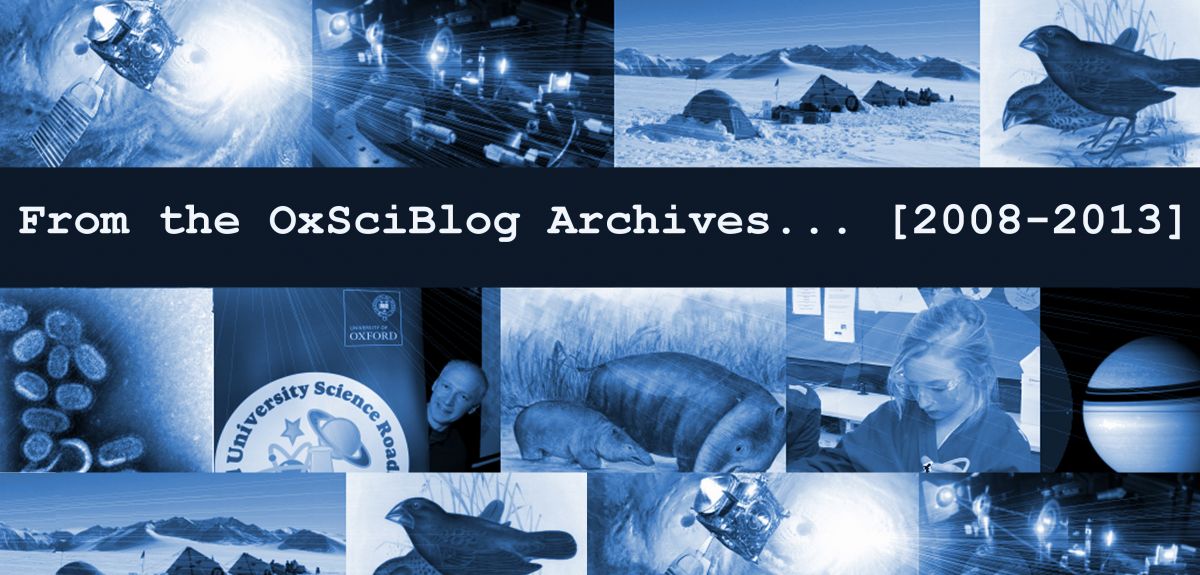
Being there: turning research into action in Gabon
Michelle Lee first set foot in Gabon in 2001: 'I went with just a backpack expecting to stay three weeks, but ended up being the project manager there for six years,' she tells me.
Now a DPhil student at Oxford University's WildCRU, working on land-use and conservation planning, back then Michelle gave up her desk job at the Smithsonian Institute in Washington to fly out and take over after the manager of the Institute’s Gabon biodiversity project quit.
Gabon is a haven for wildlife and a hotspot of global biodiversity. Its small and highly urbanised population, along with its substantial petroleum and mineral deposits, have reduced typical pressures on land conversion. Consequently, Gabon boasts some of the largest remaining tracts of pristine tropical forest in the world.
During her time spearheading the Smithsonian project, Michelle became acutely aware not only of Gabon's significance for conservation but also of the sparse ecology and land-use data that was crippling conservation efforts. 'When I started my doctoral studies there wasn't even a national bird or mammal list compiled, let alone any species-distribution maps,' she recalls. 'There were also no maps of existing land uses, and the latest habitat maps were from the 1970s.'
Over the past four years, Michelle has worked with local experts to gather this vital data. In a process similar to that used by the IUCN's for their Red List threat assessments, she has completed a prioritization analysis of Gabon's terrestrial vertebrates and produced distribution maps for the top priority species. She has also updated the nationwide habitat maps for the country and assessed how different habitat types are allocated across different land uses throughout Gabon.
Her research is providing a foundation for science-based land use planning and policy development in Gabon, whose government is unusual amongst its neighbours in its strong commitment to fostering biodiversity preservation and ecotourism, alongside economic expansion.
'The slow and painstaking task of prioritisation and mapping allowed me to identify key habitats that were poorly represented in Gabon's national reserve system and to propose improvements to the current protected area network,' she tells me.
Michelle has presented her scientific findings directly to the head of National Parks, and is working with the government to identify areas that require more field verification. 'As a signatory to the International Convention on Biological Diversity, Gabon is legally required to meet certain targets for habitat and wildlife protection,' she explains. 'My research enabled the government to see where they fell short of these targets, and together we are planning scenarios to address these shortfalls and improve the efficacy of the reserve design.'
A large part of Michelle's success at conveying her research findings and expert opinion to Gabon's policy-makers comes from the fact that she drew together the many disparate sources of data needed for the planning process.
'I think that being in-country helped me figure out what would be helpful for us to know, and then I tried to address this.' However, as she is quick to point out, the process of being heard required more than just researching the right questions and a government willing to listen. 'My involvement would probably have been impossible without my history of working in the country and my understanding of the context on the ground,' she says. 'This has helped me gain the confidence of the people involved. So I am able to present conservation options that I think might be both internationally appreciated and politically palatable.'
What she only casually alludes to though, is the importance of persistence, perseverance, and passion. 'For a long time I carried around these big maps of mineral depositions and habitat and wildlife distributions wherever I went,'she remembers, smiling. 'I would unroll them at any opportunity and encourage people to see how conservation and development could be accommodated and planned for together in a spatially-structured scientific process. I guess I eventually got my message through. Or perhaps they just got sick of seeing me carrying them around!'
When I ask Michelle for her advice to other conservation scientists, she replies that patience, flexibility and the ability to compromise are critical for negotiating the path from science to policy.
'Trying to do conservation science in a developing nation, even one as environmentally aware as Gabon is a balancing act. I realised early on that I could not adopt a 'conservation agenda' if I wanted to achieve the greatest outcomes for environmental sustainability,' Michelle says. 'Gabon is trying hard to balance job creation, food security, and economic development alongside biodiversity retention and carbon sequestration. At some point, detrimental impacts are unavoidable and you have to make difficult decisions. Conserving 50% of elephant habitat is great, but it also means that you are prepared to lose 50% of their habitat.'
This means that transcending the divide between research and policy requires a slightly different breed of scientist. One who is willing to adapt their focus and adjust their expectations of outcomes, one who can balance the analytically correct answer with what makes real-life sense, and one who views science as a means of solving a problem rather than an end in itself.
As Michelle notes: 'Applied science is an entirely different process to research science, as it should be. Because of my background, I am able to wear both hats, and operate as research scientist in my doctoral studies and as applied scientist when I interact with the Gabonese government. Ultimately, though, we need both.'
Shelly Lachish is a Research Fellow in Oxford's Department of Zoology and a freelance writer.